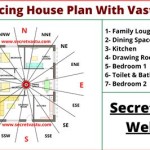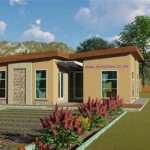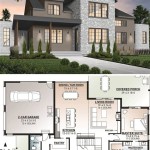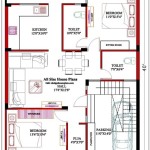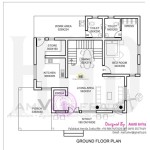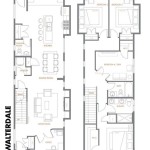In-Ground House Floor Plans: A Comprehensive Guide
In-ground houses, also known as earth-sheltered or partially underground houses, are a unique and sustainable approach to architecture that offers numerous benefits. These homes are partially or fully built into the earth, utilizing the natural insulation of the surrounding soil to maintain a comfortable indoor temperature year-round. This design strategy not only reduces energy costs but also creates a connection with the natural landscape. ### Advantages of In-Ground House Floor Plans In-ground house floor plans come with several advantages, including: #### 1. Energy Efficiency: In-ground houses are inherently more energy-efficient than traditional above-ground structures. The earth's constant temperature below the surface helps regulate indoor temperatures, reducing the need for heating and cooling systems. This can lead to significant savings on energy bills. #### 2. Passive Solar Design: In-ground houses can be designed to take advantage of passive solar design principles. By positioning windows and skylights strategically, the home can utilize natural sunlight for heating and lighting, further reducing energy consumption. #### 3. Thermal Mass: The earth's soil and rock have high thermal mass, meaning they absorb and release heat slowly. This natural thermal storage helps maintain comfortable indoor temperatures, minimizing temperature fluctuations and the need for supplemental heating or cooling. #### 4. Natural Insulation: The soil surrounding an in-ground house acts as a natural insulator, providing excellent soundproofing and protection from external noise. This can create a peaceful and serene living environment. #### 5. Storm Resistance: In-ground houses are naturally more resistant to storms and extreme weather conditions. The earth provides a protective barrier against high winds, heavy rains, and even earthquakes, making these homes more resilient and secure. #### 6. Sustainability and Environmental Impact: In-ground houses are generally more sustainable and have a lower environmental impact compared to traditional homes. They require less energy and materials to construct, and they can be designed to minimize their carbon footprint. ### Design Considerations for In-Ground House Floor Plans When designing an in-ground house, several important factors need to be taken into account: #### 1. Site Selection: Choosing the right site is crucial. Factors to consider include soil conditions, slope, sun exposure, and access to utilities. A thorough site analysis is essential to ensure the successful construction of an in-ground home. #### 2. Waterproofing and Drainage: Proper waterproofing and drainage systems are vital to protect the home from water damage and moisture accumulation. Waterproofing membranes, sealants, and adequate drainage channels should be incorporated into the design to prevent leaks and seepage. #### 3. Ventilation and Air Quality: In-ground homes require careful attention to ventilation and air quality. Proper ventilation systems should be installed to ensure adequate air circulation and prevent the buildup of moisture, mold, and radon gas. #### 4. Natural Lighting: Designing for natural lighting is crucial in in-ground houses. Skylights, strategically placed windows, and light wells can be used to bring in natural light and create a sense of spaciousness. #### 5. Structural Integrity: The structural design of an in-ground house must be robust enough to withstand the lateral earth pressure and potential soil movement. Proper engineering and construction techniques are essential to ensure the structural integrity of the home. #### 6. Emergency Exits: Adequate emergency exits must be incorporated into the design to ensure the safety of occupants in case of an emergency. These exits should be clearly marked and easily accessible. ### Conclusion In-ground house floor plans offer a sustainable, energy-efficient, and environmentally conscious approach to residential architecture. By utilizing the natural insulation of the earth, these homes can significantly reduce energy consumption and provide a comfortable and resilient living environment. With careful planning, design, and construction, in-ground houses can be beautiful, functional, and harmonious with the surrounding landscape.
Two Y House Phd 2024011 Home Design Floor Plans Double

92 Best Ground Floor Plan Ideas House Plans

92 Best Ground Floor Plan Ideas House Plans

Floor Plan Of House 1 For The Ground Left First Center Scientific Diagram

House Plan Id 17130 3 Bedrooms 3115 1549 Bricks And 120 Corrugates In Fa3 Modern Floor Plans New

Sample C Ground Floor Plan The Site Of House In Scientific Diagram

Ground Floor Layout Plan 2

Ground Floor Plan In 2024 Simple House Plans Building Designs

First Floor Home Design 4999 Easemyhouse

Modern House Plans By Gregory La Vardera Architect 6030 Floor

